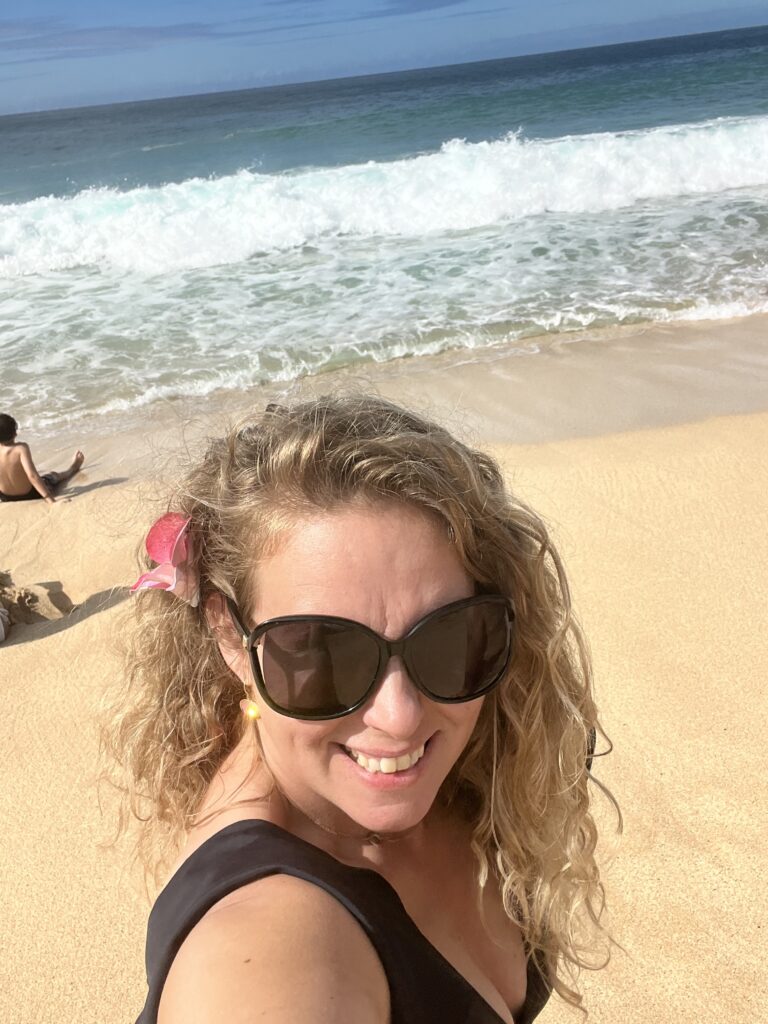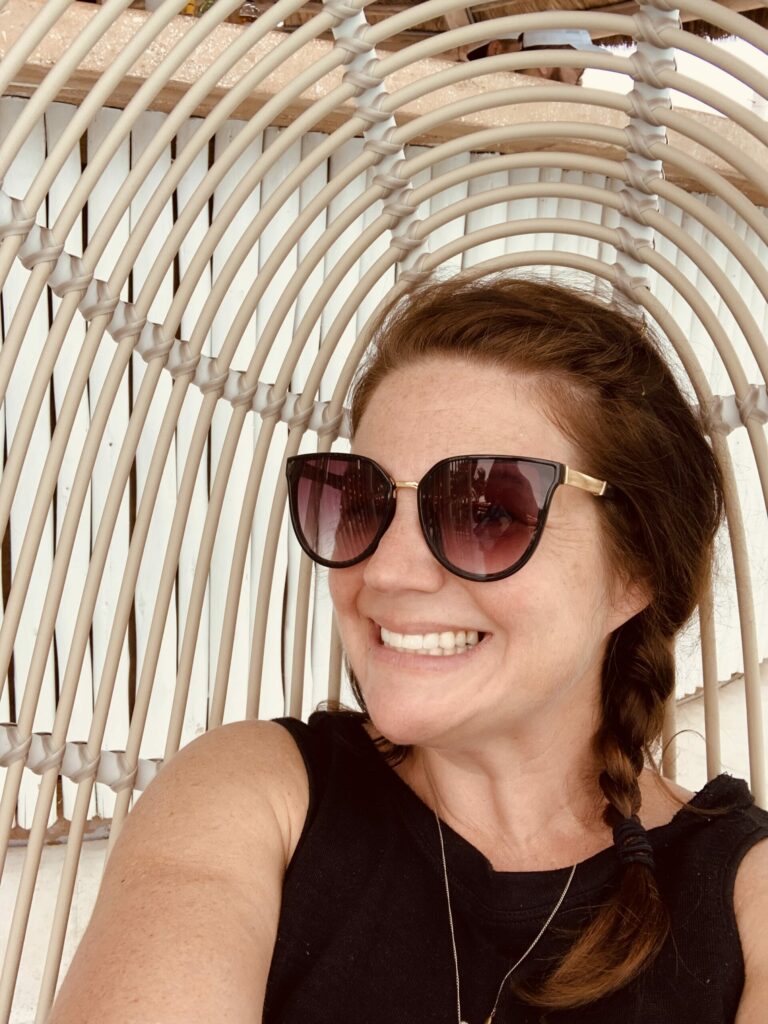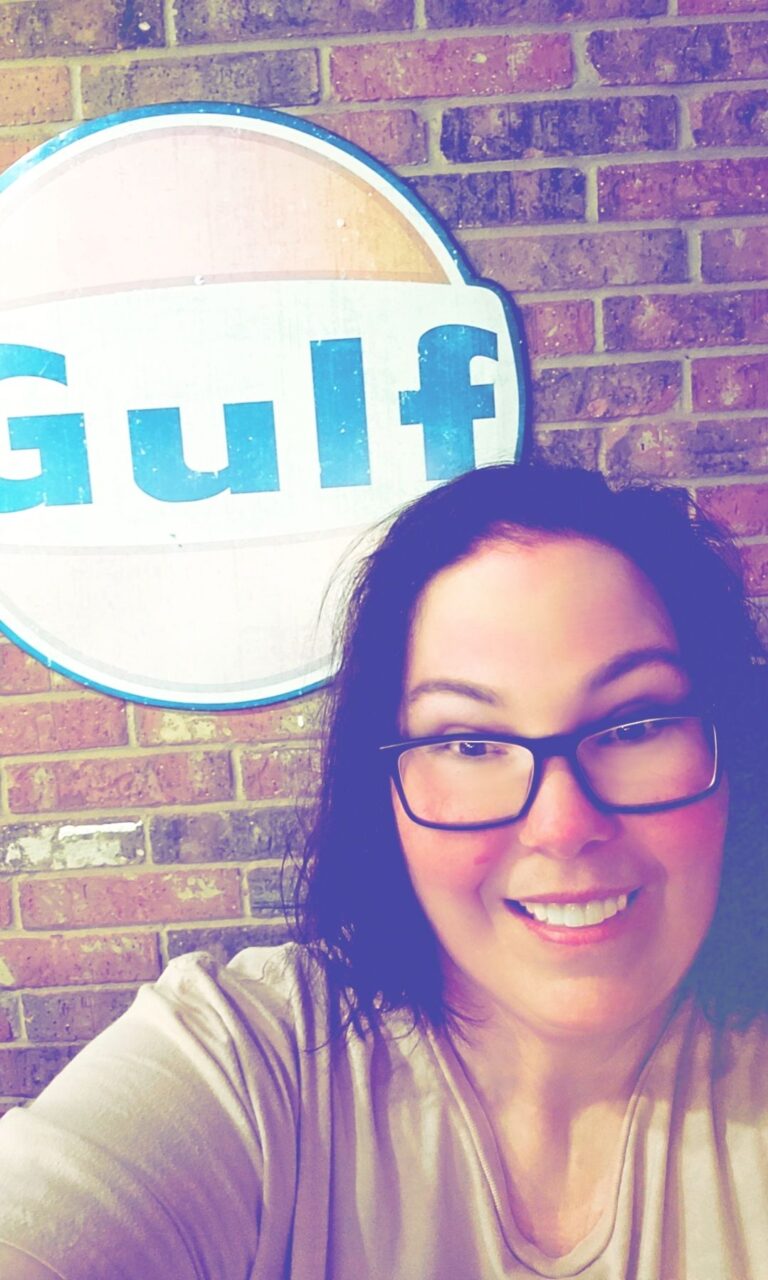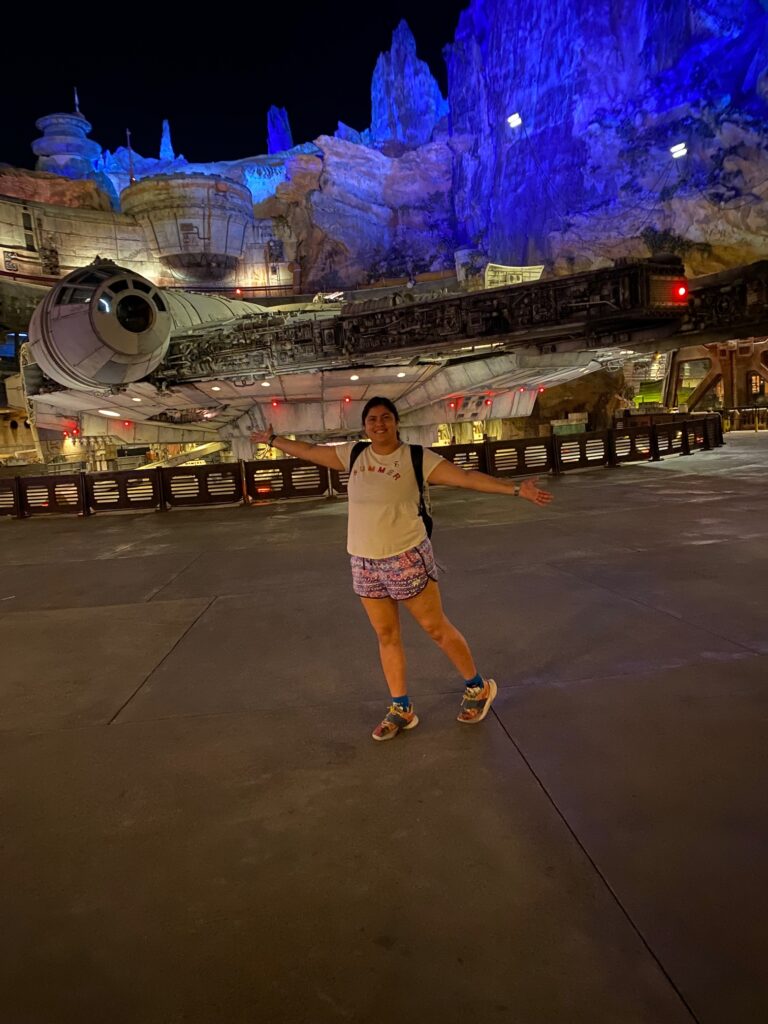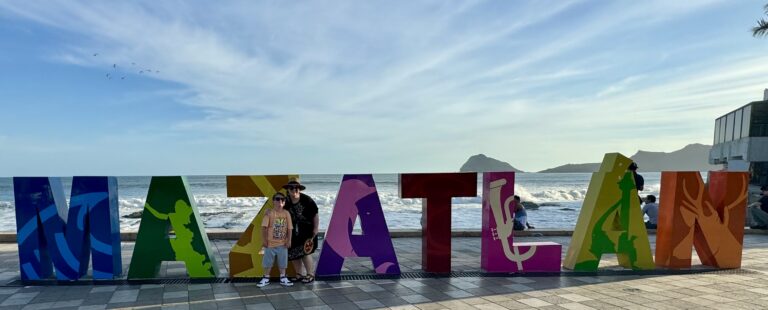Overview
Introduction

Tourism development in Mazatlan, Mexico, is exploding. Although historically not as fancy as Puerto Vallarta to the south or Los Cabos to the west, it's getting there and is now one of Mexico's fastest-growing Pacific coast resort areas.
A middle-sized city that used to depend on its shrimp fleet and a few other industries for its livelihood, Mazatlan has sprung to life with aspirations of becoming a major beach resort as renowned as Los Cabos or Cancun. Its long-stagnant marina development has received injections of new capital, and the state of Sinaloa has renovated a now sparkling malecon (seaside promenade) that stretches more than 8 mi/13 km from Olas Altas north to the edge of the Zona Dorada (Golden Zone). There is also major construction ongoing between the marina and the continually expanding northern edge of the city.
Because tourism isn't its only business, Mazatlan accepts its visitors gracefully. Unlike some resort towns that become completely consumed (and jaded) by the travel trade, Mazatlan maintains its Mexican character and offers vacationers the things they go for—relaxation and entertainment in a pleasant seaside setting. In a single visit, travelers can experience comfortable resorts, as well as the sights and smells of a traditional Mexican city. It's as simple as moving from one part of town (Zona Dorada—the tourist area) to another (Old Mazatlan). Because Mazatlan is as popular with Mexicans as with foreigners, prices are more reasonable there than in the purpose-built tourist zones such as Los Cabos and Cancun.
Must See or Do
Sights—A visit to Plazuela Machado with its neoclassical buildings; the restored altar at La Catedral Basilica Menor de Inmaculada Concepcion on the main square; the top of Cerro del Vigia or La Neveria for a panoramic view of the bay and lighthouse.
Museums—The Museo Arqueologico with its five rooms of pre-Hispanic artifacts; local and national artists at the Museo de Arte; a sense of life in the 19th century at the Museo Casa Machado.
Memorable Meals—A hearty meal of grilled chicken with beans and tortillas at Panama Restaurant y Pasteleria; grilled seafood served on a hibachi at La Costa Marinera; a tasty huarache de pancho overlooking the beach at Panchos in the Zona Dorada; a romantic dinner of aged rib-eye in an art-deco setting at Senor Pepper.
Late Night—Techno sounds at Valentino's and Fiestaland Complex; dancing till you drop at one of the other many discos in town.
Walks—Sunset strolls on the 8-mi-/13-km-long malecon adjoining the beach; an amble through the narrow streets of historic Old Mazatlan; First Friday art walks through galleries in Old Mazatlan.
Especially for Kids—The Mazagua Aquatic Park for its waterslides; more than 300 species of fish and sea-lion performances at the Acuario Mazatlan; sand-castle contests on the beach; a tour of the shoreline from the Yate Fiesta.
Geography
The northernmost link in a chain of Pacific Coast cities known as the Mexican Riviera, Mazatlan sits just south of the Tropic of Cancer, 750 mi/1,210 km south of the Mexico-U.S. border. The Pacific Ocean and the fish-rich Sea of Cortez (Gulf of California) converge offshore. A municipality (county) as well as a city, Mazatlan stretches beyond the city limits to El Quelite, a quaint village 20 mi/32 km to the north, the state of Durango to the east, and Walamo, a seaside fishing village, to the south.
Of most interest to visitors in Mazatlan proper are two zones: the Centro Historico (Old Mazatlan), where many late-19th-century mansions have been restored to the city's credit, and the Zona Dorada (Golden Zone), a tourist district filled with beach hotels, restaurants and shops. Several steep hills loom above the sea and the otherwise flat city. But the city reaches ever northward. A third area between the marina and the far northern fringe is enjoying a building boom thanks to Emerald Bay, a five-star time-share resort and hotel complex that initiated the growth of the area known as Nuevo Mazatlan.
Note: Some businesses in Mazatlan are located on unnumbered streets and labeled as "s/n," or sin numero (without number). Their addresses are described using the closest intersection.
History
Although Spanish explorers used the port in the 1600s (and pirates probably stashed their booty there), Mazatlan went largely unnoticed until the early 1800s, when activity in nearby gold and silver mines focused attention on Mazatlan's port.
Soon the city was the most important in northwestern Mexico, receiving goods such as fabric, porcelain, ivory and wine from Europe and Asia for distribution through the territory. Business tycoons built glamorous mansions not far from the wharfs and enjoyed the high life of their European contemporaries. Factories were opened, and later, a foundry was established. The city flourished, and its population steadily increased until the combined effects of the Mexican Revolution, an outbreak of yellow fever and World War I diminished the city's economic importance.
The 1950s heralded Mazatlan's revival with the construction of a new port, an enlarged fishing fleet, and new canning and freezing facilities. Shortly thereafter, its trophy fish and beaches began to lure vacationers. The first hotels were built along Playa Olas Altas, not far from the historic Old Town. Since then, resort development has stretched ever northward along the coast.
In the 1980s, there was a growing interest to renovate the Old Town—an effort that continues today. Commercial shrimping has risen to prominence and is one of the main sources of revenue for the port. But these days, Mazatlan's cruise-ship and tourism industries are more important to the city's economy.
The Mazatlan International Center at the marina is one of the largest convention and event facilities in the region. The building, with the capacity for 4,500 convention attendees, features three levels that contain 17 exhibition halls and meeting rooms.
With its curved glass front, the facility is getting attention for its spectacular 82-ft-/25-m-high mural covering one side of the main building. It was created by Ernesto Rios Rocha, an artist born in the state of Sinaloa. The colorful mural, made of hundreds of thousands of small, ceramic squares that were set in place by hand over a 13-month period, depicts Spanish explorer Hernan Cortes and the underwater life of the Sea of Cortes.
Potpourri
Mazatlan is an ancient Nahuatl expression meaning "place of the deer," and one island off the Golden Zone is called Isla de Venados (Deer Island)—but the deer are no longer to be found.
Mazatlan has one of the largest shrimp-boat fleets in Mexico, but much of the shrimp is exported to Japan and European countries.
Mazatlan's Carnival is one of the oldest in Mexico and is touted as the third-largest in the Americas. What started as friendly battles among hard-drinking, fun-loving stevedores has evolved into a massive spectacle of floats, ballet, fireworks, street dances and pageants, with stage shows that feature top Latin American talent.
Isla de Lobos is named not for wolves as many people think, but for sea lions (lobos marinos).
On their way to the California gold rush, many gold seekers traveled through Mazatlan to avoid the longer trip by boat around Cape Horn.
Mazatlan is often called the Billfish Capital of the World for the extraordinary number of catches.
The tomato is the symbol of Sinaloa. It's on all license plates. Thebaseball team is called the Tomato Boys.
Location
When your ship arrives in Mazatlan, you'll see land on both sides. Puerto Mazatlan is located on the south side of town along the navigational channel that runs between Mazatlan's curved peninsula and the Isla Belvedere. Two steep hills, Cerro del Vigia and Cerro del Creston, rise beside the channel, although the rest of the city is fairly flat. The dock area is devoted to commercial fishing, industry and the navy.
When you get off the ship, you'll be transferred by open-air tram to the depot at the opposite side of the long dock. A few feet/meters beyond the depot is a wide plaza that provides internet access, phones, a pharmacy, restaurant, bar, flea market, private tour companies and taxi stands.
After disembarking, it's a five-minute cab ride to downtown (or a 20-minute walk, which we don't recommend—you'll pass through an industrial area with little scenery). It's a 15-minute cab ride to the Zona Dorada.
Shore Excursions
Typical shore excursions in Mazatlan might include a city tour followed by a folkloric dance performance; a day of shopping, lunch and beach time; horseback riding; golf; ziplining in a forest; a walking art-district tour; or deep-sea fishing. Multiple-time visitors might want to take a tour of the countryside to Copala or to El Quelite.
















